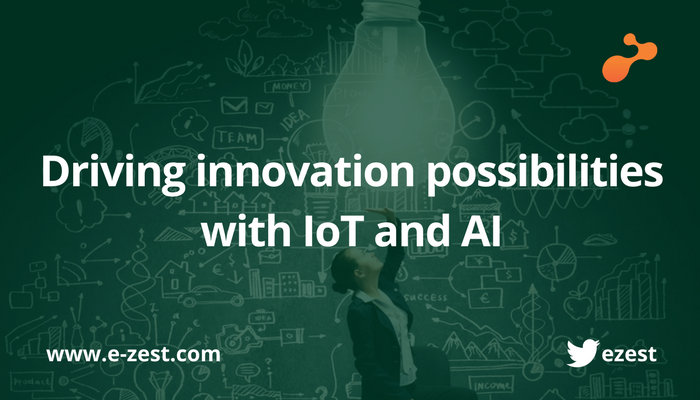The last blog touched upon how the evolution of businesses and the confluence of technologies have accelerated the pace at which today’s businesses are reinventing the way they operate and serve customers opening up the doors to enable personalized customer experience through Digital Commerce.
In this blog, we will delve deeper into the subject to see how digital commerce is rewriting business models.
Over the past years, which is close to a decade, we have witnessed digital reshape many businesses in a broad spectrum of sectors creating some of the most valued digital platforms of the world. We are seeing a dramatic shift in the balance of power from traditional value-chain business models to digital platform models.
For instance, six out of the ten global and most valuable entities by market capitalization are digital platform models. These entities include giants such as Apple, Google, Microsoft, Amazon, Alibaba and Facebook. These global entities are cut across various sectors and reinforce our perspective that digital platform business models are industry agnostic.
What they have in common, they all have a sharp focus on the customer. To put it straight Google, Apple, and Alibaba have 2 billion, 588 million and 450 million users respectively. All are powered by ‘digital’, the key tool industry leaders will use to transform themselves for the next decade and beyond. One primary force responsible here is digitalization, the main driver of success.
Leaders are already using digital technologies for commerce to meet rapidly changing market needs. From developing platform-based ecosystem to better utilize advanced analytics and data science, retailers are changing their business to become more competitive in the digital age. The retail, consumer goods and financial services industries is rapidly changing and will change more in the next 10 years than they have over the past.
To discover more about the potential value the company could gain from digitalization, business leaders across the world are taking a hard and long look at their existing business models. While some are still reacting to the potential for digitalization, emerging opportunities and threats, others, are well into the implementation phase of a large-scale transformation and already point to some dramatic gains to disrupt markets.
The term “digital transformation”
This is what fuels all the innovations that happen at the grass-root level at every stage of Digital Commerce. This includes the ongoing changes to business models (existing, new and emerging), business processes and operations as well as customer interaction with regard to new information and communication technologies.
Digital platforms pave the way to operating models
When six of the ten most valuable companies in the world are digital business models, we wonder if platformification is then the future of digital businesses. Platformication can be simply put as the amalgamation of several services on a single platform. If this continues, the most significant trend in the future would be the Platformification of services where existing service providers, third-parties and startups would begin a strategic shift towards becoming whole institution. This is more prevalent in banking and existing financial institutions.
In Digital Commerce, value comes from exploiting market opportunities in emerging markets. If the trend continues, we will see customers identifying the go-to enterprise in each of their life spaces (like retailing, finance, healthcare, education, entertainment, etc.). This will further lead to technology-enabled affiliations and consolidations as a few businesses driven by platforms will become very powerful ecosystem drivers – efficiently connecting the end customer and the service provider.
To ensure that the platform is sufficiently robust, connected and agile, these digital business models must run on these five basic principles that have the potential to shape the business model of a digital organization viz:
- Customer-first approach – This provides a 360 degree view of customers and an outside-in approach
- Analytics, robotics and AI – reinforces customer experience and stickiness
- Cloud – Optimizes infrastructure, reduces cost and enables scale
- Cybersecurity – builds trust and resilience with customers and stakeholders
- API-led architecture – enables quick access to the marketplace and accelerates deployment of products and services
These business models require significant work in the above mentioned phases to ensure that the platform is sufficiently robust, connected to the ecosystem and agile enough to evolve over time.




.jpg)





